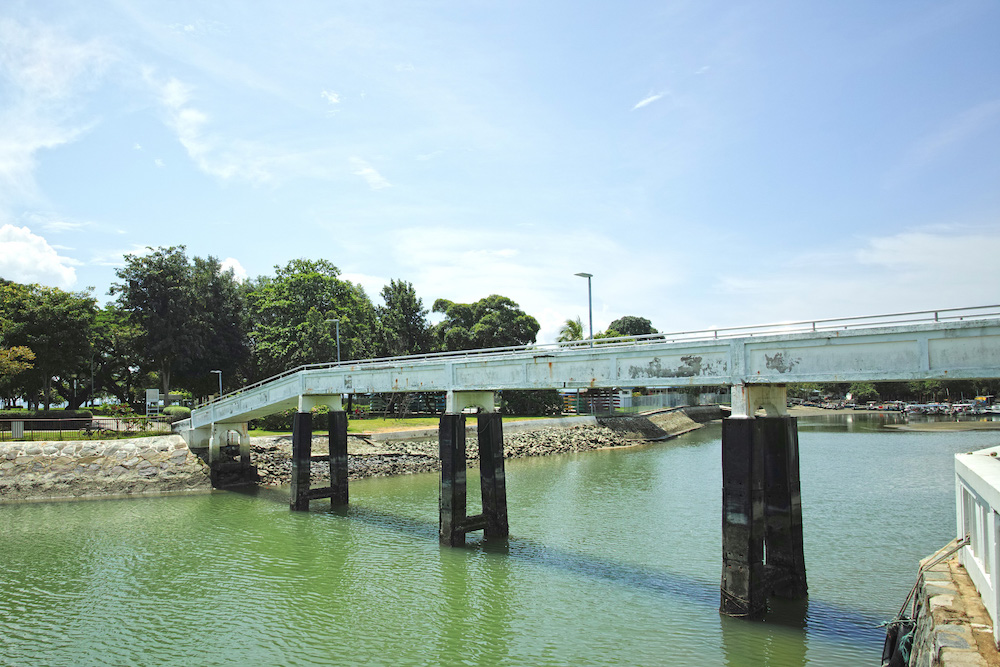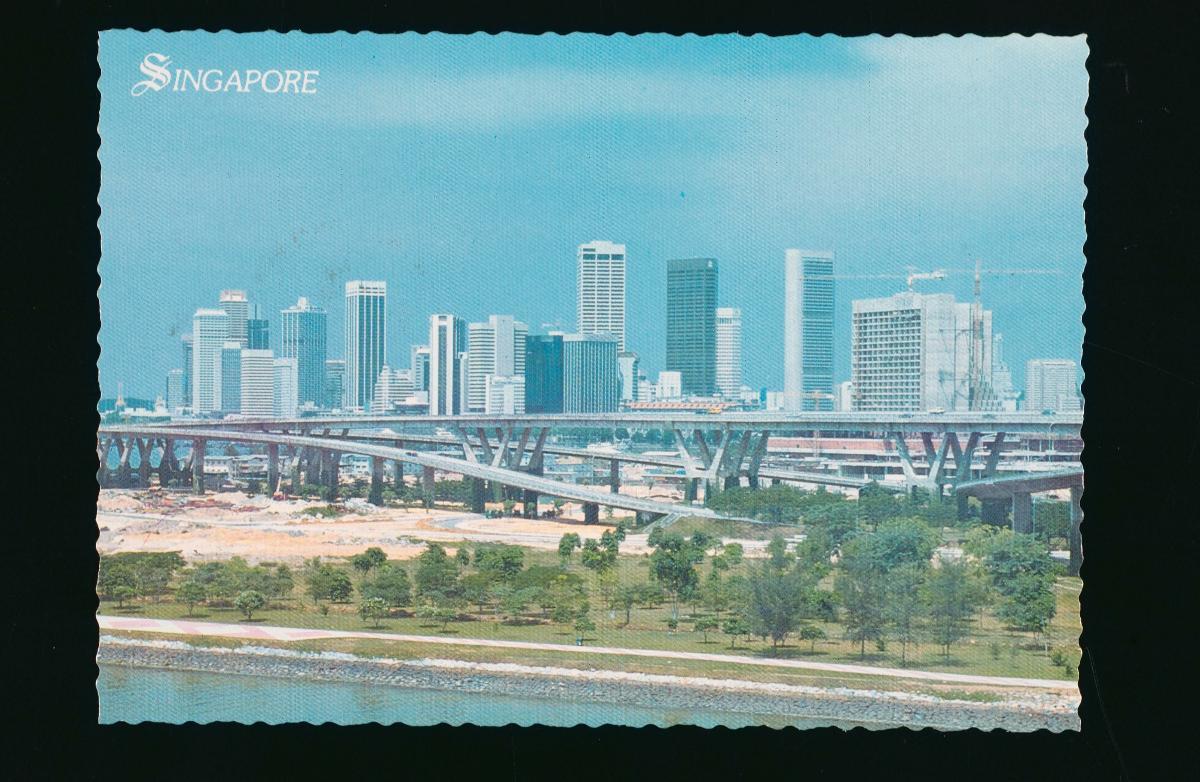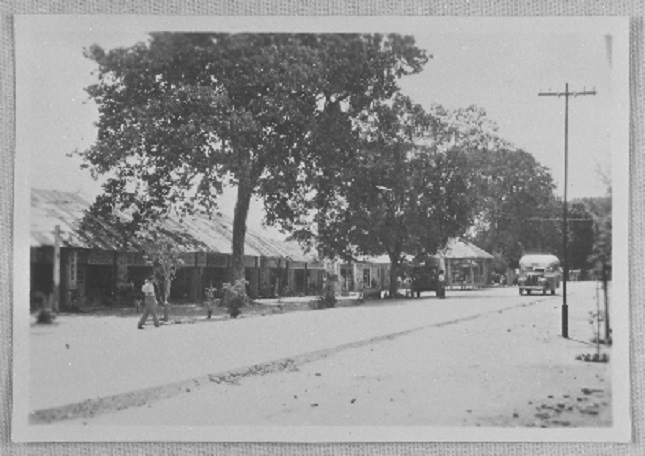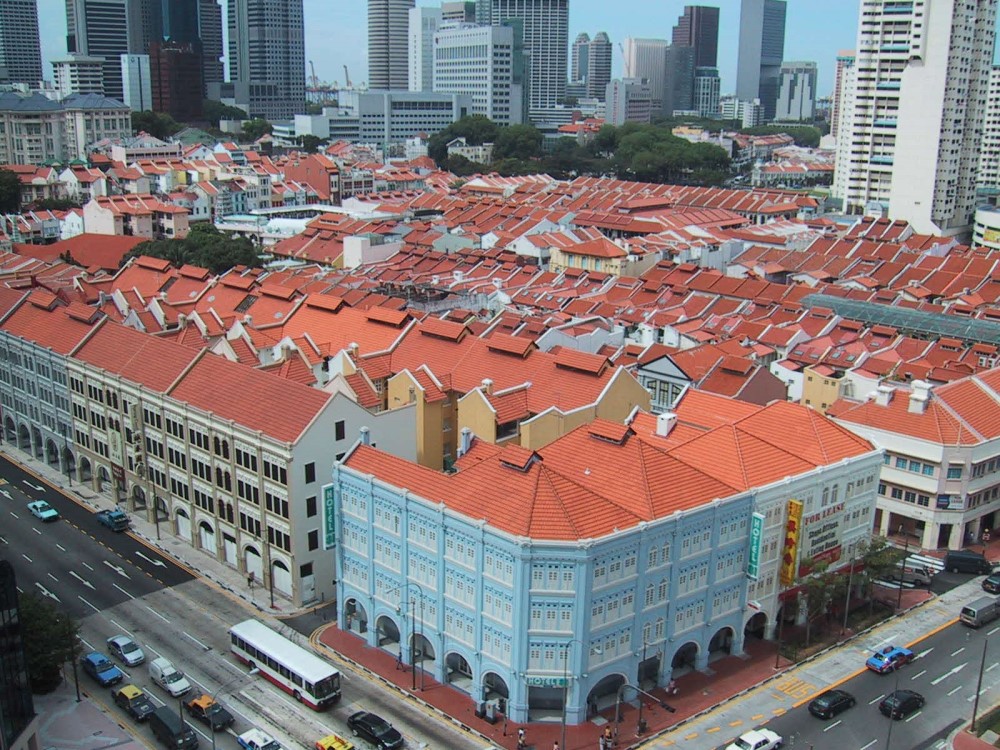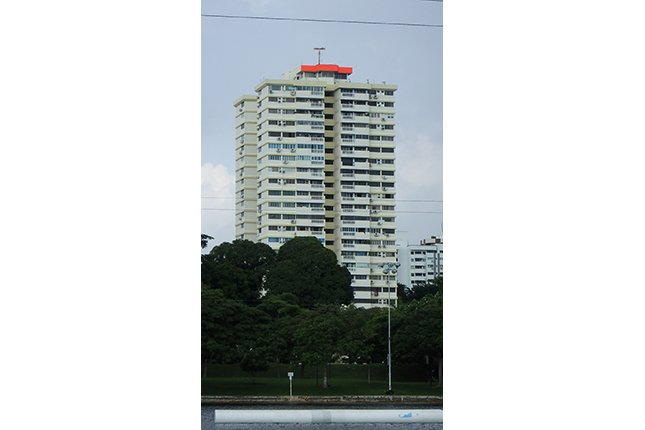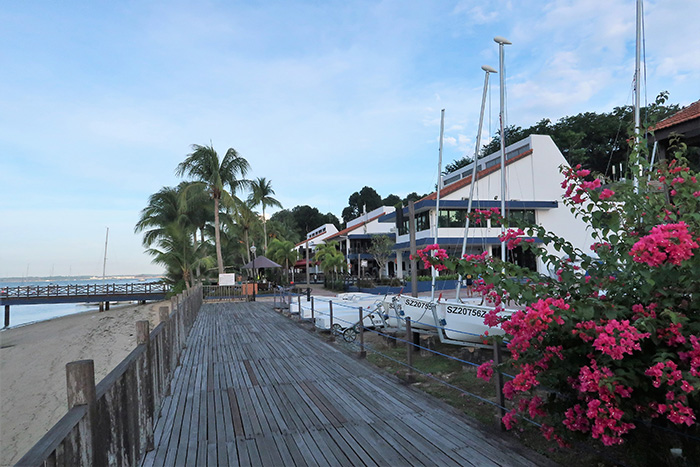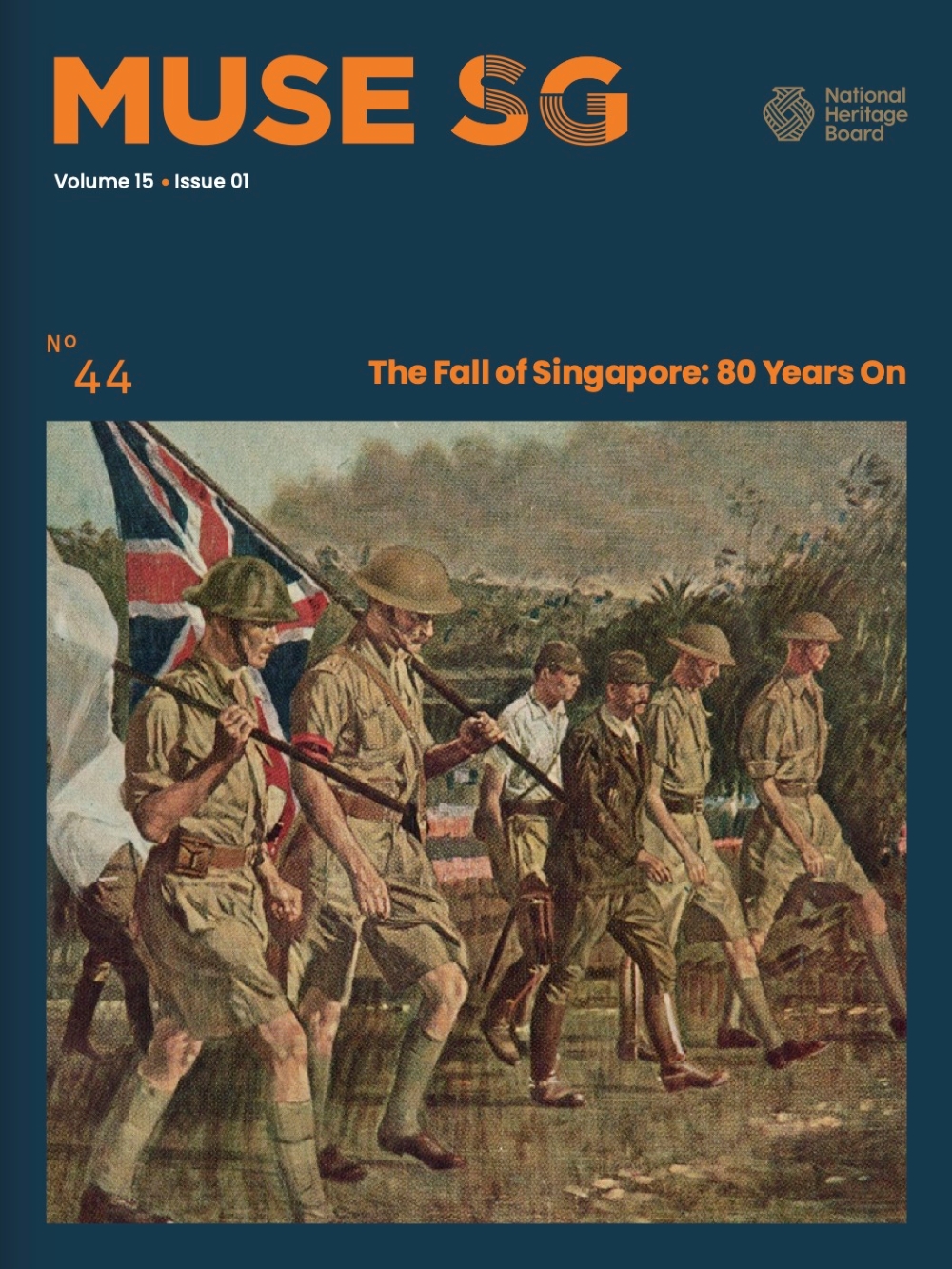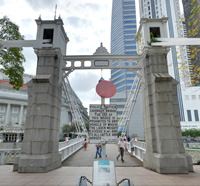The Changi Point Footbridge, also popularly known as the Changi Point Bridge, spans the Changi River and was constructed in 1934.
The newer concrete bridge was designed to replace a wooden plank bridge that was built by the Singapore Municipality. In the 1920s and early 1930s, the older bridge was popular among the surrounding village’s children who would often play on it. When the Changi Point Bridge was constructed in 1934, it was similarly well-received, and children would use it as a platform to plunge into the creek below.
Urban myths surrounding Changi Point Footbridge
Visitors of Changi Point Footbridge might have heard about how some people are reluctant to ride their bicycles across the bridge. The bridge is shrouded in an urban myth that explains this phenomenon.
According to the myth, the bridge was the site at which a Japanese commander beheaded a party of Chinese saboteurs. The saboteurs were family members of Chinese civilians who were killed by the Japanese military during Operation Sook Ching on Changi Beach. To seek revenge, these Chinese saboteurs planned to blow up the bridge when a Japanese patrol crossed it. However, a Japanese commander who was passing by caught the party in the act when they were trying to place explosives under the bridge.
As punishment, the saboteurs were lined up on the bridge and the commander beheaded them one by one. According to the myth, the saboteurs—before their death—placed a curse that cyclists who ride over the bridge would fall over.
Subscribers of this myth claim that they have felt an unseen force drag their legs when they were riding their bicycle over the bridge.
Architecture and design
The footbridge that sits above the Changi Creek is a blue-and-white stone bridge that is made up of two slanted side sections and a horizontal middle section. The bridge is supported by five pairs of pillars.
At the time of writing, the bridge is still in use as part of the Loyang Park Connector Network, allowing users to cross Sungei Changi.
Buildings and sites featured on Roots.SG are part of our efforts to raise awareness of our heritage; a listing on Roots.SG does not imply any form of preservation or conservation status, unless it is mentioned in the article. The information in this article is valid as of April 2021 and is not intended to be an exhaustive history of the site/building.




